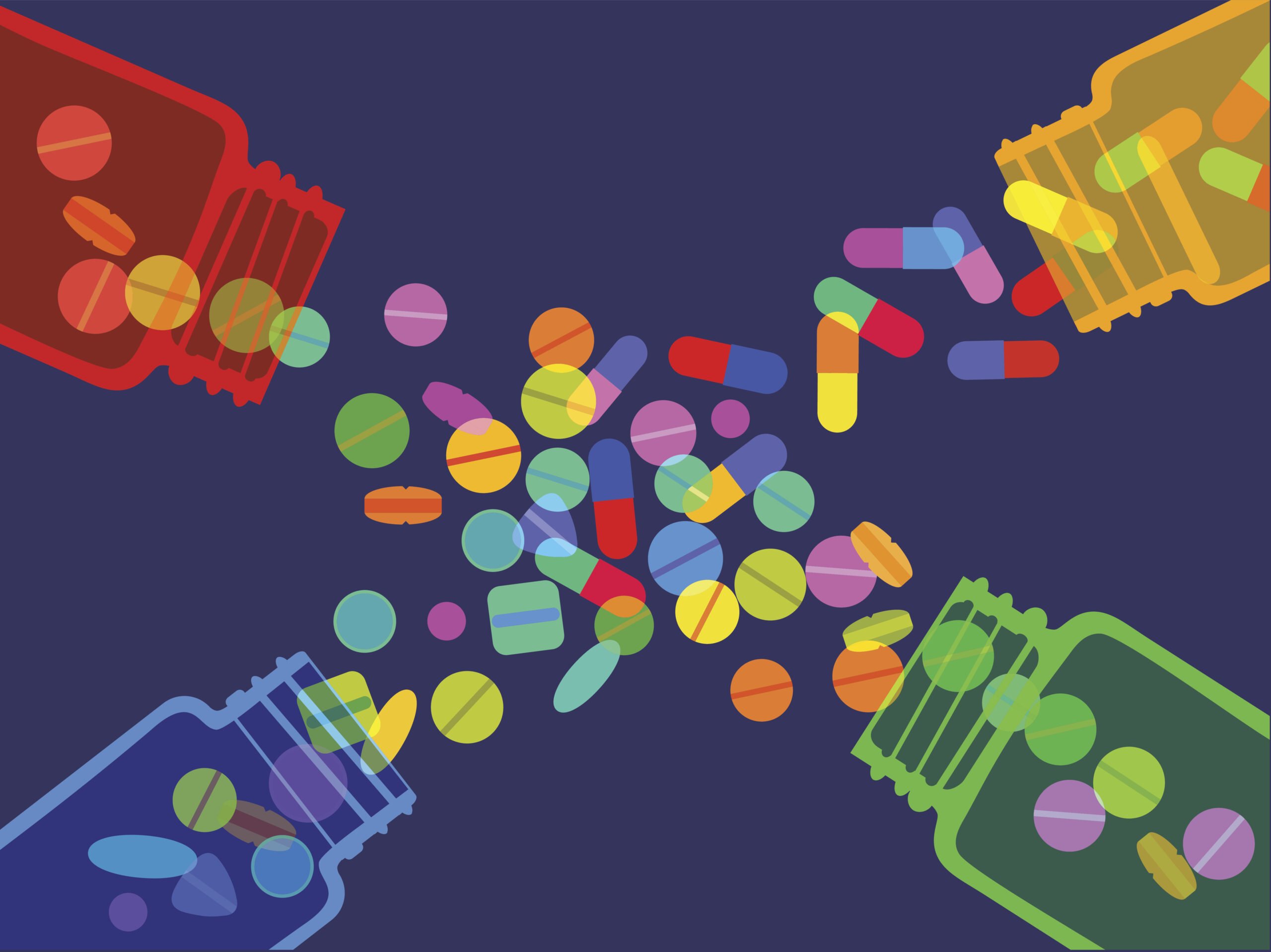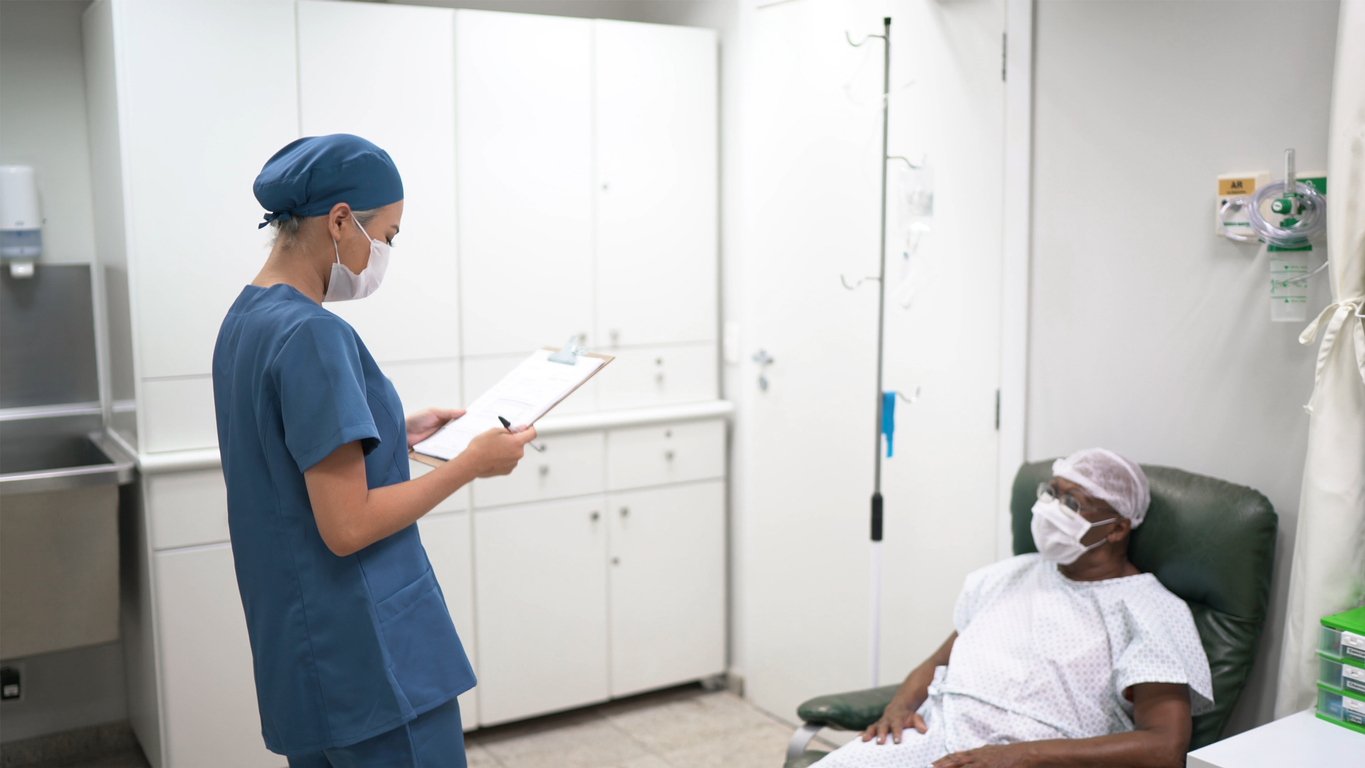Antibiotic therapy revolutionised modern medicine and the entire world has benefited from one of the most important advances in the history of medical science. Although a large number of antibiotics exist, (see Table 1) they fall into a few classes, with an even more limited number of targets. While there have been some recent developments, no new class of antibiotic has been introduced over the last three decades, and antimicrobial resistance is one of the biggest healthcare challenges of the 21st Century.
No new class of antibiotic has been introduced over the last three decades (see Figure 1).
Antimicrobial resistance
Antimicrobial resistance is a major healthcare challenge. Rapidly-emerging resistant bacteria threaten the extraordinary health benefits that have been achieved with antibiotics and many of the practices of modern medicine on which we have come to rely. The crisis is global, reflecting the worldwide over-use of these drugs and the lack of development of new antibiotic agents by pharmaceutical companies to address the challenge. A growing number of infections, such as pneumonia, tuberculosis, gonorrhoea and salmonellosis, are becoming harder to treat as the antibiotics used to treat them become less effective.
Antibiotic resistance leads to longer hospital stays, higher medical costs and increased mortality. It is estimated globally that more than 700,000 people die each year as a result of microbial resistance.
In 2013, the US Centres for Disease Control and Prevention (CDC) published an analysis outlining the top 18 antibiotic-resistant threats and announced that the human race is now in the “post-antibiotic era”.
Urgent threats
Clostridium difficile.
Carbapenem-resistant Enterobacteriaceae (CRE).
Drug-resistant Neisseria gonorrhoeae.
Serious threats
Multi-drug-resistant Acinetobacter.
Drug-resistant Campylobacter.
Fluconazole-resistant Candida (a fungus).
Extended-spectrum beta-lactamase-producing Enterobacteriaceae (ESBLs).
Vancomycin-resistant Enterococci (VRE).
Multi-drug-resistant Pseudomonas aeruginosa.
Drug-resistant nontyphoidal Salmonella.
Drug-resistant Salmonella typhimurium.
Drug-resistant Shigella.
Methicillin-resistant Staphylococcus aureus (MRSA).
Drug-resistant Streptococcus pneumoniae.
Drug-resistant tuberculosis.
Concerning threats
Vancomycin-resistant Staphylococcus aureus (VRSA).
Erythromycin-resistant Group A Streptococcus.
Clindamycin-resistant Group B Streptococcus.
Practices contributing to misuse of antibiotics and antimicrobial resistance include: Inappropriate specimen selection and collection; inappropriate clinical tests and failure to use stains and smears, cultures and susceptibility tests; use of antibiotics with no clinical indication (ie, viral infections); and use of broad-spectrum antibiotics when not indicated and inappropriate choice of empiric antibiotics. Uncontrolled sale of antibiotics in some countries where they can be obtained over-the-counter without a prescription, resulting in antibiotic usage when not indicated, is contributing to antimicrobial resistance. Antibiotic use in livestock feed at low doses for growth promotion is leading to increased levels of resistance, and the release of large quantities of antibiotics into the environment during pharmaceutical manufacturing through inadequate waste-water treatment increases the risk of antibiotic-resistant strains developing and spreading (WHO, 2014).
Several International studies have demonstrated that patterns of antibiotic usage greatly affect the number of resistant organisms that develop. Overuse of broad-spectrum antibiotics, such as second- and third-generation cephalosporins, generate resistant strains. The resistant strains arise either by mutation and selection or by genetic exchange in which sensitive organisms receive the genetic material from the resistant organisms and the part of DNA carries with it the information of mode of inducing resistance against one or multiple antimicrobial agents. Incorrectly-prescribed antibiotics contribute to the promotion of resistant bacteria. Studies have shown that treatment indication, choice of agent, or duration of antibiotic therapy is incorrect in 30-to-50 per cent of cases. (CDC, 2013, Luyt et al, 2014).
The World Health Organisation (WHO) advises that healthcare prescribers must only prescribe and dispense antibiotics when they are truly necessary, and give clear instructions to ensure correct use. All healthcare workers can reduce demand for antibiotics by encouraging patients to get vaccinated against infectious diseases, and by practicing simple hygiene to reduce infections in the first place.
Patients can help by not demanding prescriptions for antibiotics when they may not be necessary and should never save antibiotics for later use or share them with others. When antibiotics are required, patients should always complete the full course, even if they feel better, because stopping treatment early promotes the growth of drug-resistant bacteria.
Taking action
Governments require robust national action plans to tackle antibiotic resistance. Critical steps are improved surveillance of antibiotic-resistant infections, regulation of the appropriate use of quality medicines, and education about the dangers of over-use. Countries seeking donor help to strengthen their health systems need guidance to ensure essential antibiotics are affordable, reach the people who really need them, and are used responsibly.
Industry needs to move faster and more aggressively to research and develop new antibiotics, but also to implement new ways of stimulating research and development. We are currently in a race between drug development and bacterial evolution.
Medical professionals around the world have been warning for years that epidemics could strike and become untreatable as antibiotic resistance continues to increase. Dr Nuala O’Connor, ICGP Lead for Healthcare Associated Infections and Antimicrobial Resistance (HCAI/AMR)stated in 2016 that: “Ireland is in the top third of antibiotic consumption in the EU. GPs in Ireland prescribe too many broad-spectrum antibiotics, far more than countries who are achieving low levels of antibiotic resistance and are using more targeted, narrow-spectrum antibiotics. Residents of Irish nursing homes are more than twice as likely to be on antibiotics as any other European country. Almost 40 per cent of antibiotics used in nursing homes and long-stay facilities in 2013 were prescribed on a purely preventative basis. We are reducing the number of antibiotic prescriptions, especially for those under the age of 16, and we are also reducing broad-spectrum antibiotics. But we have a long way to go.”
Dr Kieran Clarke (PhD) of Alere Ireland stated that 60 per cent of antibiotics prescribed in Ireland may be unnecessary. “This level of prescription and consumption is unsustainable and will almost certainly lead to a health crisis in Ireland, and indeed around the world, if we do not take steps to combat antibiotic resistance now.”
In a move to find a solution to the crisis, a Global Action Plan on Antimicrobial Resistance was adopted by all countries in 2015, led by the WHO and other key stakeholders.
The Global Action Plan outlines five objectives to tackle AMR:
Improve awareness and understanding of antimicrobial resistance.
Strengthen knowledge through surveillance and research.
Reduce the incidence of infection.
Optimise the use of antimicrobial agents.
Develop the economic case for sustainable investment that takes account of the needs of all countries, and increase investment in new medicines, diagnostic tools, vaccines and other interventions.
The Council of the European Union also called on all its Member States to put a national action plan in place against antibiotic resistance based on the One Health approach and in line with the objectives of the Global Action Plan.
To tackle the crisis in Ireland, the Government announced the country’s first National Action Plan on Antimicrobial Resistance 2017-2020.
Antimicrobial stewardship
Antimicrobial stewardship is a systematic approach to optimising antimicrobial therapy, through a variety of structures and interventions. It includes not only limiting inappropriate use, but also optimising antimicrobial selection, dosing, route, and duration of therapy to maximise clinical cure, while limiting the unintended consequences, such as the emergence of resistance, adverse drug events and cost (HSE, 2017). Prudent use of antibiotics, in both community and hospital practise, is a key component in the prevention of antimicrobial resistance.
The key elements of antimicrobial stewardship are to:
Prescribe the right antibiotic, antiviral, antifungal for the patient, considering age, medical conditions, pregnancy, or long-term care resident.
Choose the right dose, duration, and route for the condition being treated.
Cause the least amount of harm for the patient — consider drug interactions, allergy and toxicity.
Cause the least amount of harm to future patients by reducing antimicrobial drug resistance.
Do not prescribe for obvious self-limiting viral infections.
Only use antibiotics for suspected bacterial infections.
Promote use of immunisation to minimise infections.
Practise good infection control to minimise the spread of infections (HSE, 2018).
An example of recent good practice in Ireland is the ‘South Doc Antimicrobial Prescribing Improvement Initiative’, which embarked on a quality improvement journey in the winter of 2017/18, to influence a change in GP antibiotic prescribing patterns and influence patients’ perceptions of antibiotics has proven very successful. Antimicrobials to be avoided as a first-line in primary care, but which had accounted for a 45 per cent prescription rate pre-intervention, were reduced to 16.8 per cent, and co-amoxiclav, a broad-spectrum antibiotic that had accounted for 34 per cent of all antibiotics prescribed, was reduced to 11.6 per cent by implementing the initiative.
Preventing the misuse of antibiotics is a collective responsibility. We all have a part to play. Antibiotic resistance can be reduced by using antibiotics prudently, based on guidelines of antimicrobial stewardship programmes. HSE antimicrobial prescribing guidelines provide best practice information and guidelines for practitioners are available at: www.antibioticprescribing.ie.
References on request












Leave a Reply
You must be logged in to post a comment.